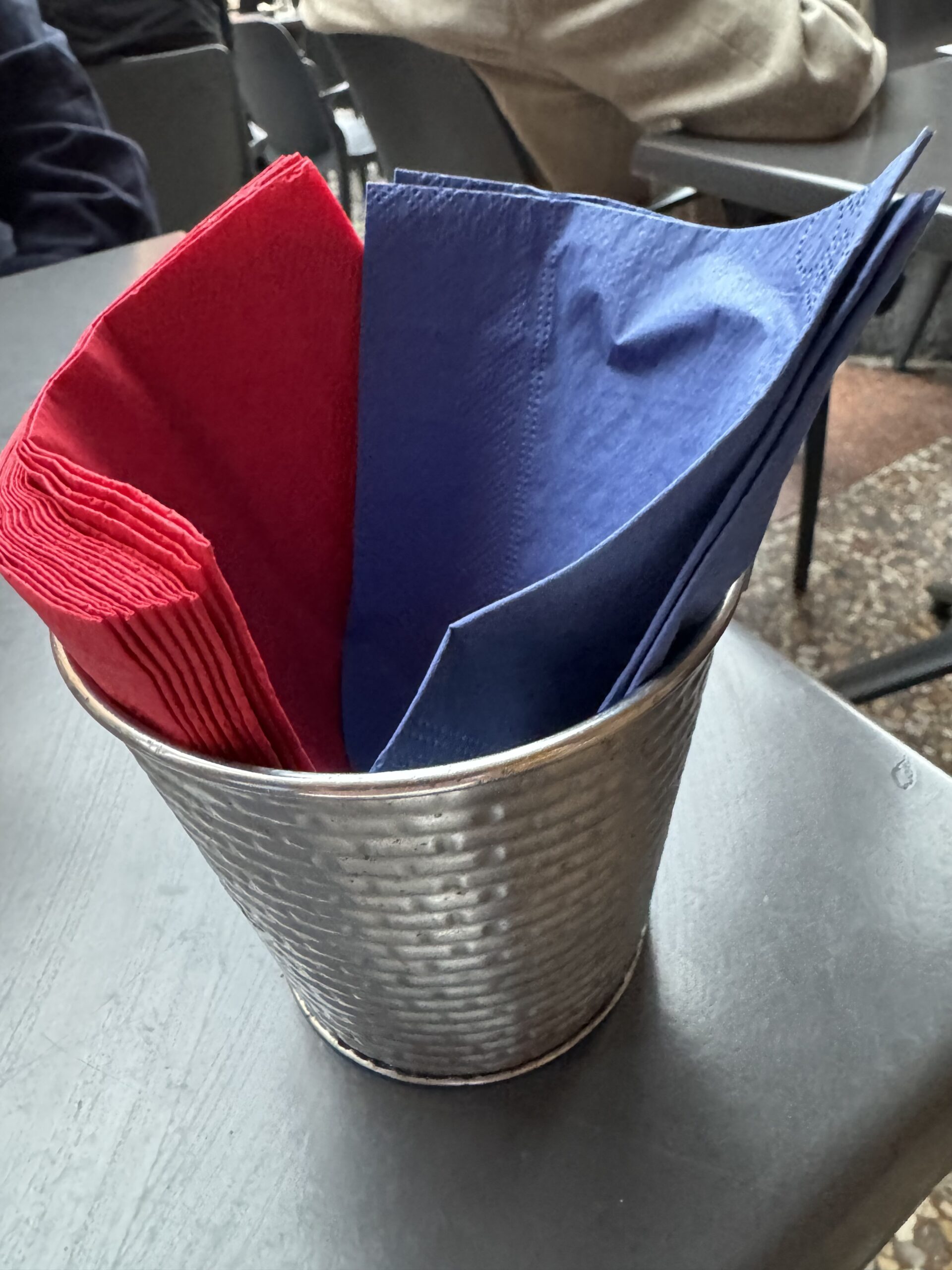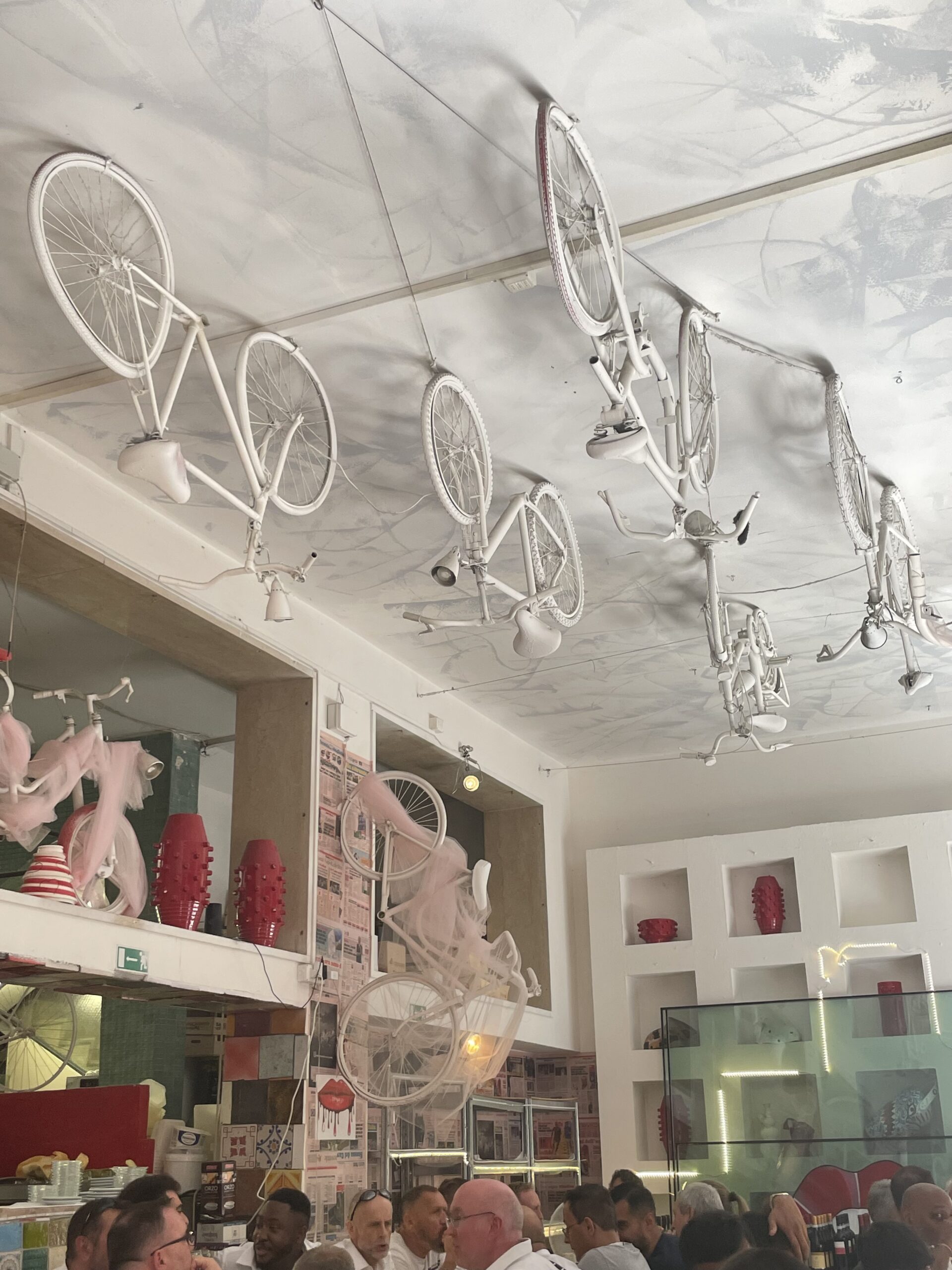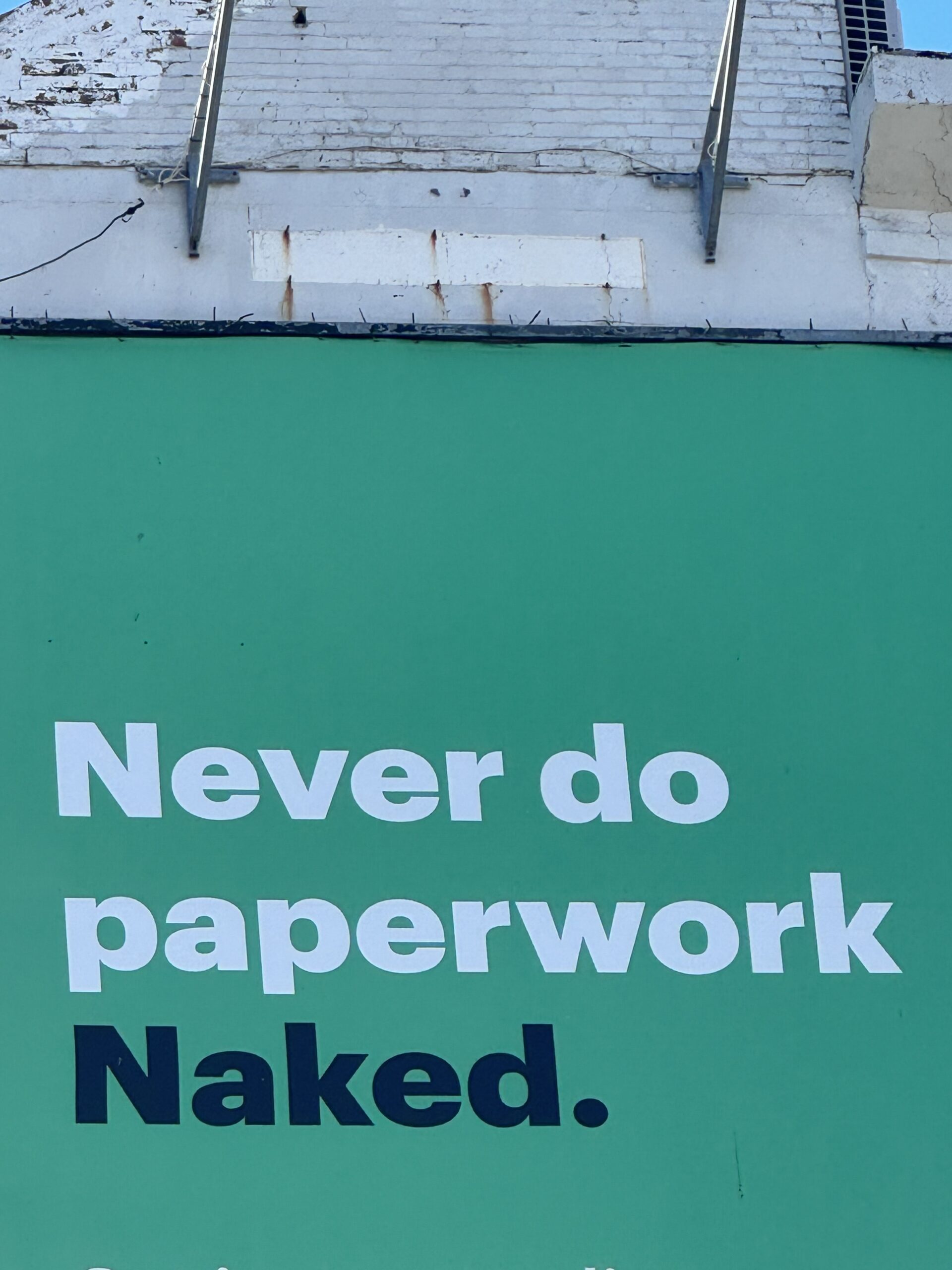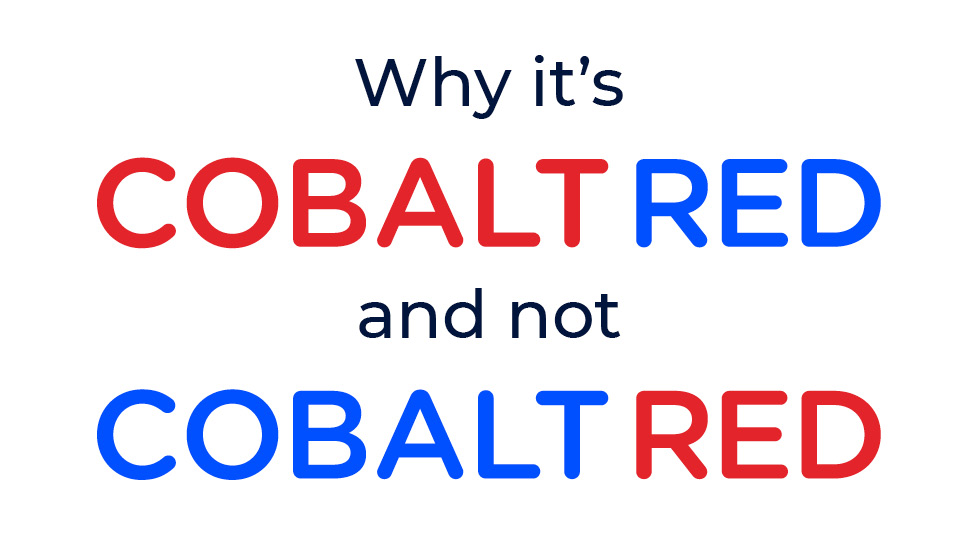Courage is recognising what is frightening.
It is not the absence of fear.
If it was a cartoon one character would be grabbing the other by the shoulders and giving them a good shake.
Questions about ‘what could go wrong’ is a good start. Then planning how to minimise those bumps in the road starts to fill the courage reservoir.
We often wait to feel brave before we act.
But what if courage isn’t a feeling at all?
It is a choice – made in the presence of fear, not its absence.
In my work with leaders – especially women navigating change – I often hear:
“I don’t feel courageous.”
‘’I don’t feel that brave’’
“I’m afraid I’ll fail.”
Here’s the truth:
Fear doesn’t mean you’re not ready.
It means you’re human.
And courage? It’s layered. It’s quiet. It’s choosing to move forward anyway. Yes, it takes guts and determination but what is the alternative?
Would you really be satisfied to never have that buzz, the high of doing something that scared you – but you did it anyway. And – guess what – the courage reservoir starts to fill.
Not because you’re fearless.
But because something deeper – your purpose, your values, your voice – matters more.








